By Susan Corapi, Trinity International University, Deerfield, IL & Annette Y. Goldsmith, Sephardic Temple Tifereth Israel, Los Angeles, CA
With the recent Presidential decision to withdraw from the United Nations Paris Agreement that supports changes for restoring health to the climate, grassroots action becomes more vital than ever. There has been an uptick in publishing books that highlight environmental concerns and kids taking action to address local issues that impact the health of nature and the planet. This set of books inspires, informs and empowers young readers by telling how youth from around the world have creatively recycled waste (Flipflopi), invented ways to minimize or reuse waste (The Last Straw) and taken a stand to prevent further damage to the environment (Autumn Peltier). Earth day is April 22, 2025–a great day to read one of these books! Continue reading

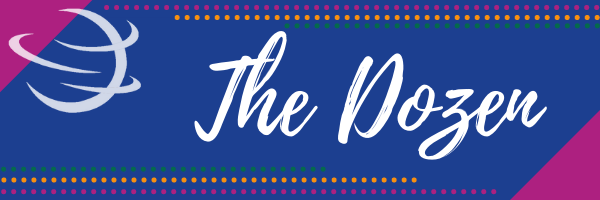

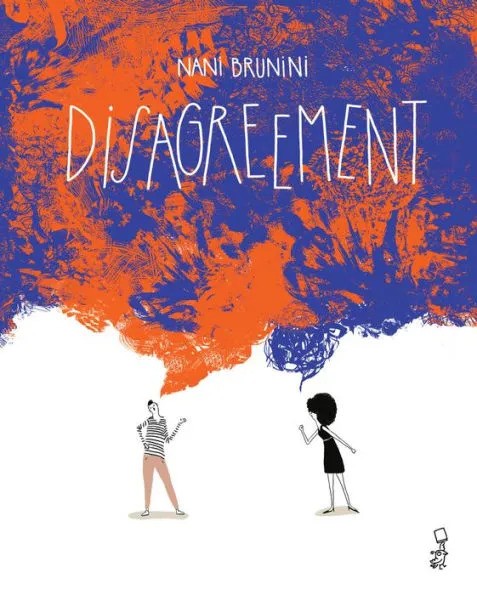

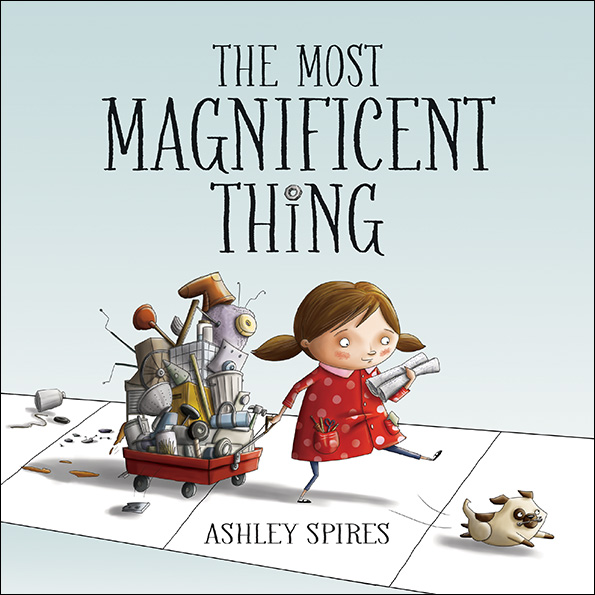
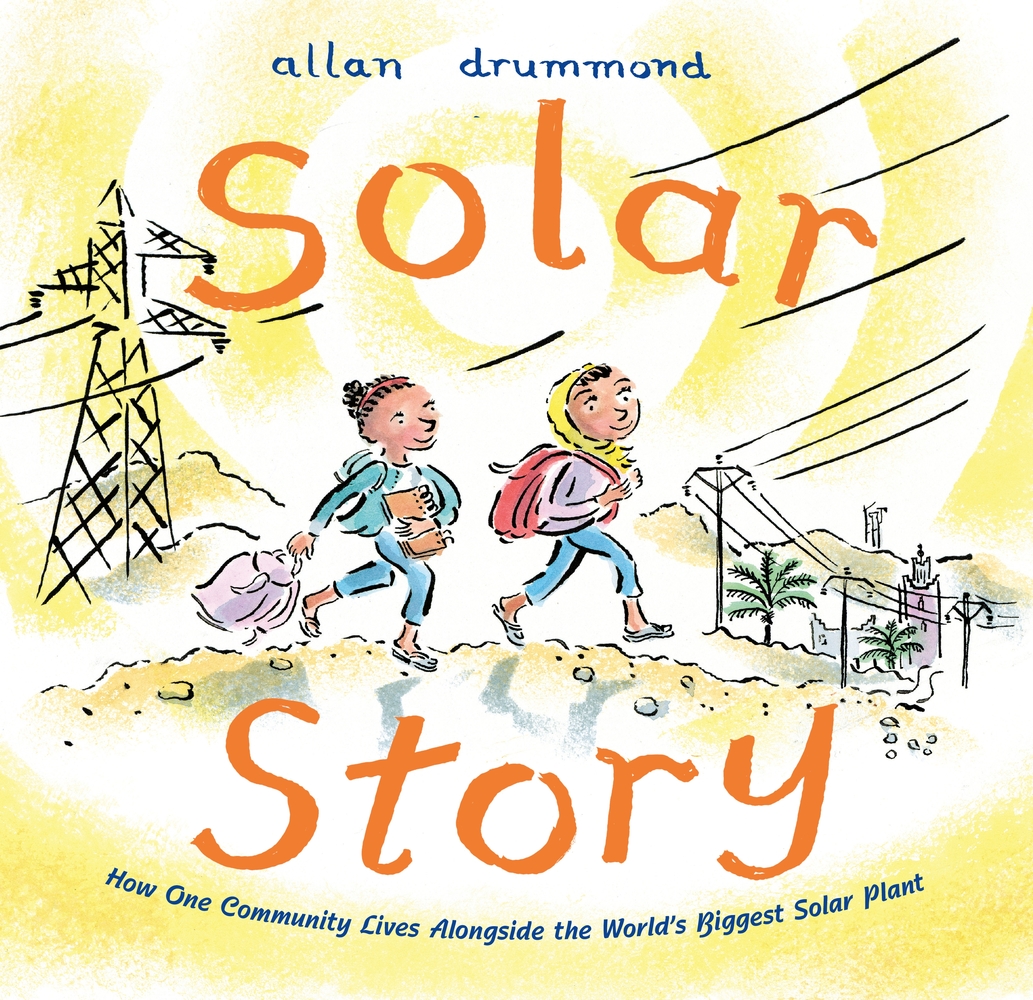
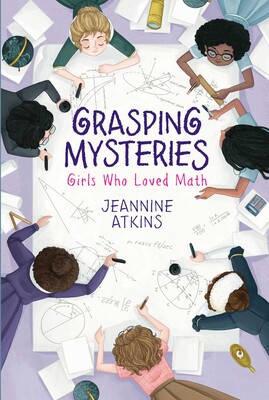
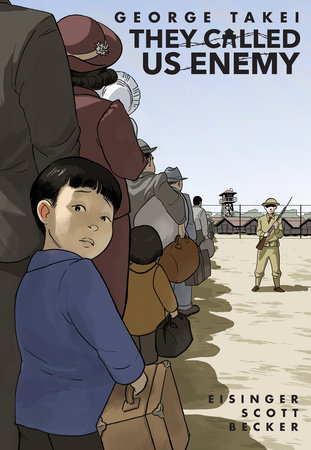
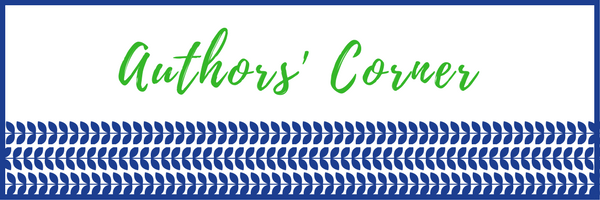

 Multiple cities in the U.S. have been racked by civil unrest, whether the protesters are frustrated with racial inequalities, face mask policy or simply tired of the limitations of living in a pandemic. Children cannot miss hearing the strong emotions that are projected in the media or felt by adults as they eavesdrop on conversations. The resulting need is to help them think about these big events and the strong emotions that ensue.
Multiple cities in the U.S. have been racked by civil unrest, whether the protesters are frustrated with racial inequalities, face mask policy or simply tired of the limitations of living in a pandemic. Children cannot miss hearing the strong emotions that are projected in the media or felt by adults as they eavesdrop on conversations. The resulting need is to help them think about these big events and the strong emotions that ensue.